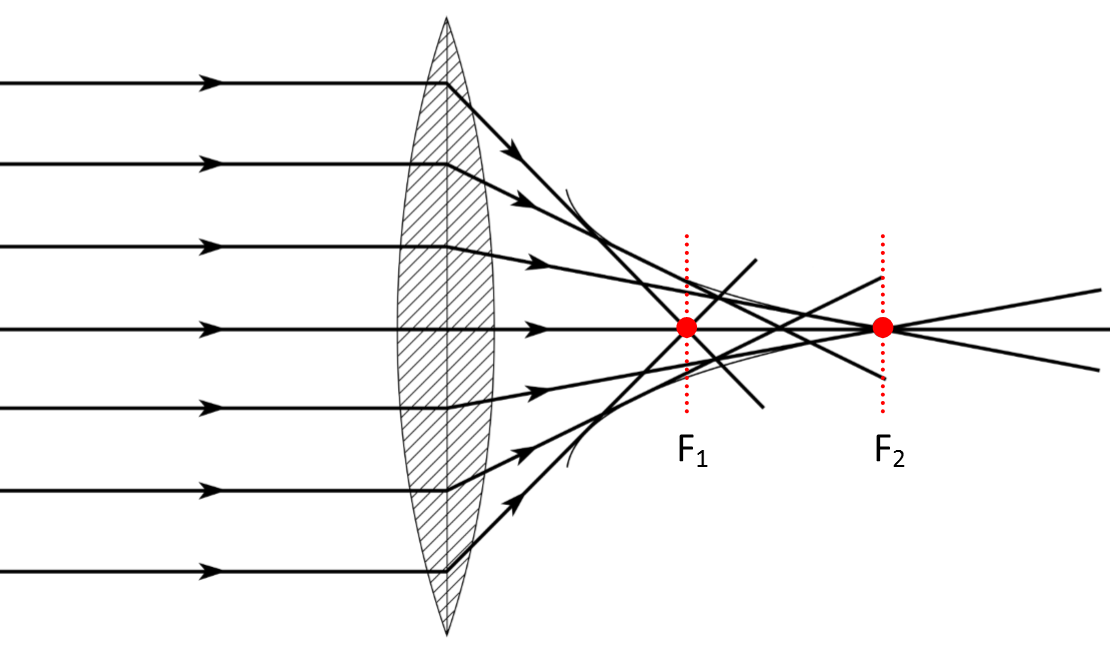KaziText
KaziText is a tool for modelling common human errors. It estimates probabilities of individual error types (so called aspects) from grammatical error correction corpora in M2 format.
The tool was introduced in Understanding Model Robustness to User-generated Noisy Texts.
Requirements
A set of requirements is listed in requirements.txt. Moreover, UDPipe model has to be downloaded for used languages (see http://hdl.handle.net/11234/1-3131) and linked in udpipe_tokenizer.py.
Overview
KaziText defines a set of aspects located in aspects. These model following phenomena:
- Casing Errors
- Common Other Errors (for most common phrases)
- Errors in Diacritics
- Punctuation Errors
- Spelling Errors
- Errors in wrongly used suffix/prefix
- Whitespace Errors
- Word-Order Errors
Each aspect has a set of internal probabilities (e.g. the probability of a user typing first letter of a starting word in lower-case instead of upper-case) that are estimated from M2 GEC corpora.
A complete set of aspects with their internal probabilities is called profile. We provide precomputed profiles for Czech, English, Russian and German in profiles as json files. The profiles are additionally split into dev and test. Also there are 4 profiles for Czech and 2 profiles for English differing in the underlying user domain (e.g. natives vs second learners).
To noise a text using a profile, use:
python introduce_errors.py $infile $outfile $profile $lang
introduce_errors.py script offers a variety of switches (run python introduce_errors.py --help to display them). One noteworthy is --alpha that serves for regulating final text error rate (set it to value lower than 1 to reduce number of errors; set to to value bigger than 1 to have more noisy texts). Apart for profiles themselves, we also precomputed set of alphas that are stored as .csv files in respective profiles folders and store values for alphas to reach 5-30 final text word error rates as well as so called reference-alpha word error rate that corresponds to the same error rate as the original M2 files the profile was estimated from had. To have for example noisy text at circa 5% word error rate noised by Romani profile, use --profile dev/cs_romi.json --alpha 0.2.
Moreover, we provide several scripts (noise*.py) for noising specific data formats.
To estimate a profile for given M2 file, run:
python estimate_all_ratios.py $m2_pattern outfile
To estimate normalization alphas file, see estimate_alpha.sh that describes iterative process of noising clean texts with an alpha, measuring text's noisiness and changing alpha respectively.
Other notes
- Russian RULEC-GEC was normalized using
normalize_russian_m2.py




